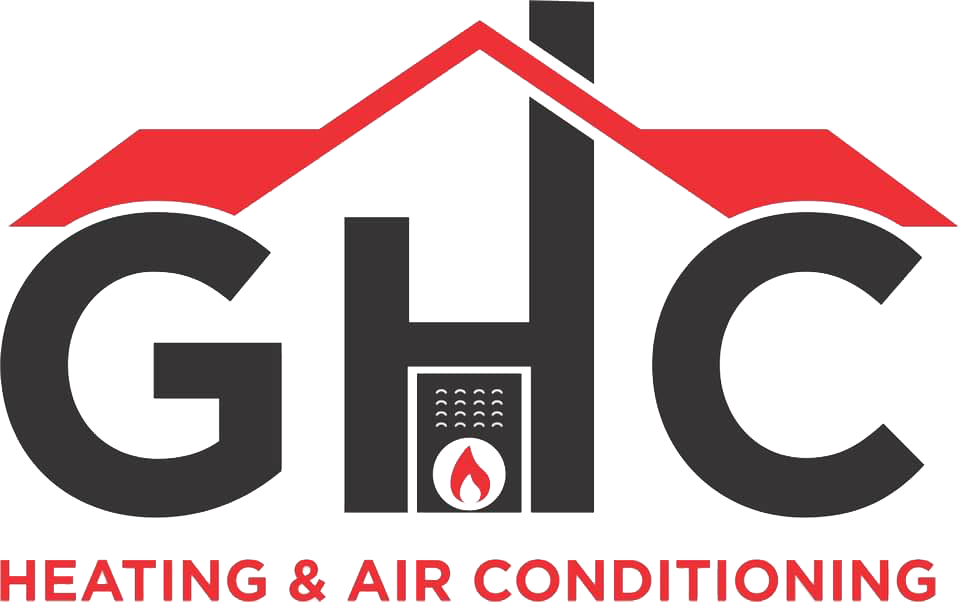GHC Water Heaters & Softeners
Servicing North Bay Ontario and surrounding areas
Whether you need an endless supply of hot water, efficient home heating or both, Navien has the perfect energy efficient solutions.
Navien offers the industry’s most advanced condensing tankless water heaters, condensing boilers and the first combi-boilers strong enough to support whole house heating and hot water for larger homes.
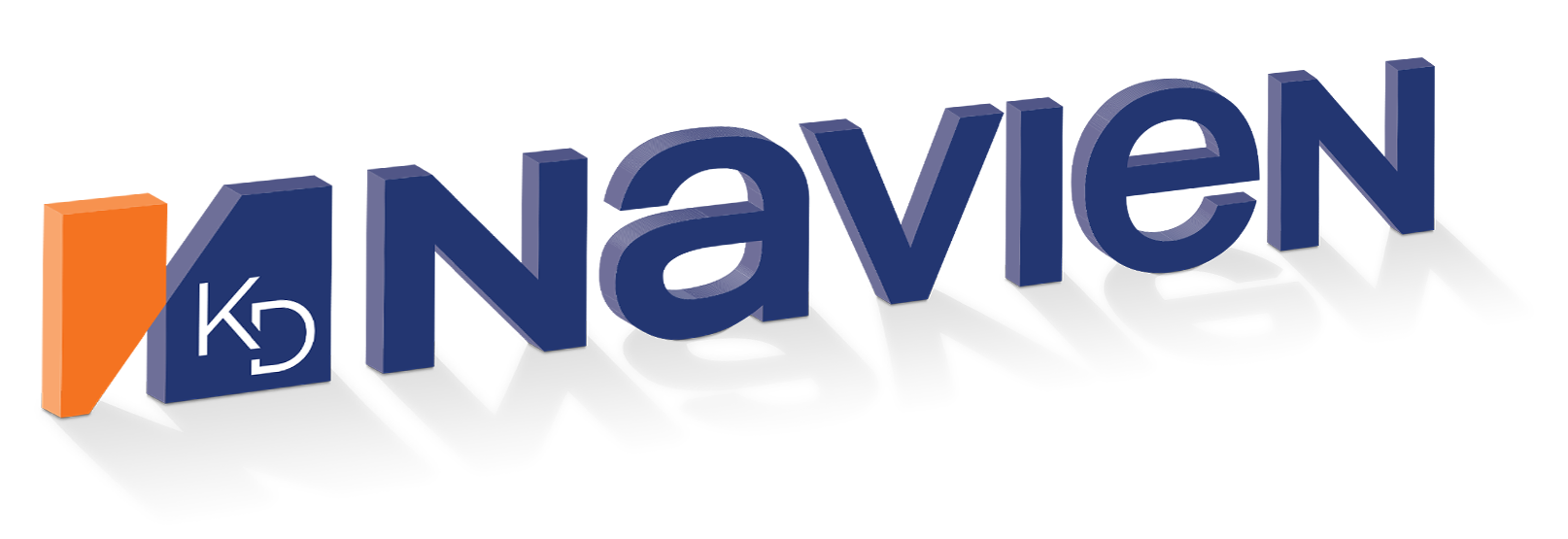
GHC Recommends and Installs Navien Water Heaters
Navien’s high efficiency and eco-friendly condensing technology can reduce energy consumption by 20% and significantly reduce greenhouse gas emissions.
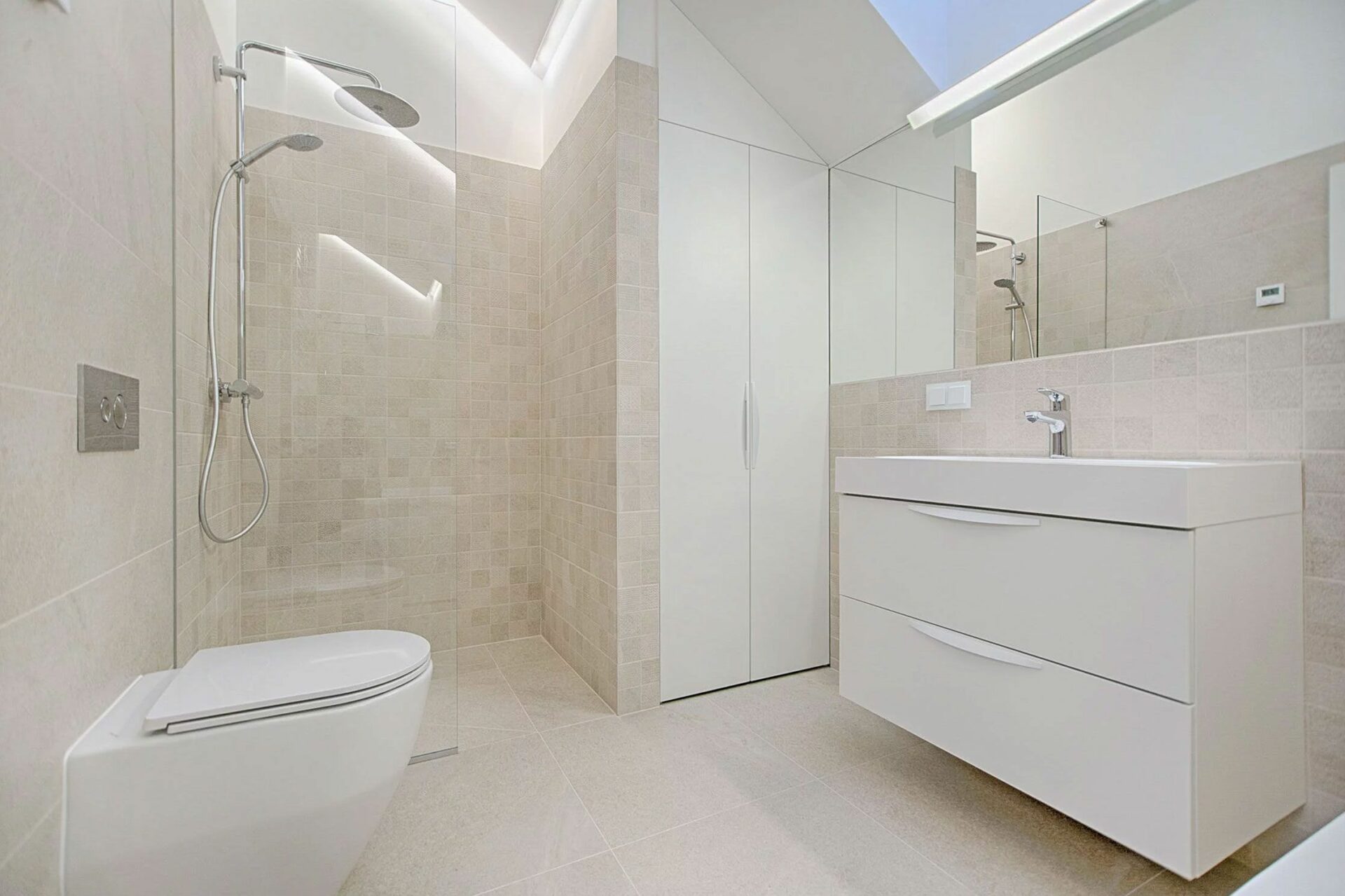
Navien Boilers
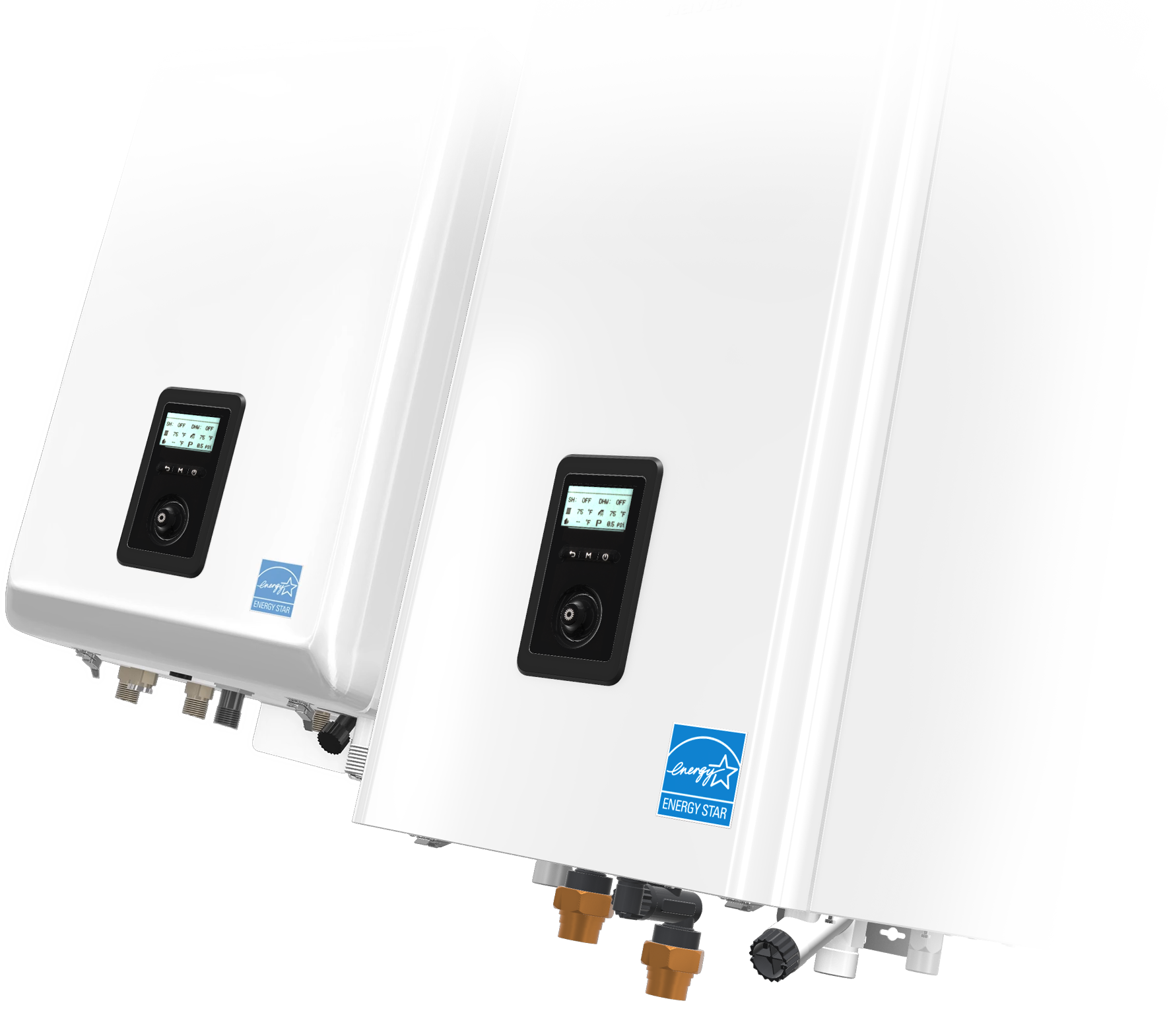
The ultimate high efficiency combi-boilers do it all… from the smallest apartments to larger homes
- AFUE 95% Energy Star certified
- Backed by the industry’s strongest warranty—10 years on heat exchangers
- Takes less space than floor standing boiler and tank water heater
- Can be cascaded with Navien NPE-2 tankless water heaters for increased DHW flow demand
- Easy to use control panel
- Elegant, clean appearance
- Ideal for replacements or new construction
- Optional NaviLink™ WiFi remote control system
- Optional NaviClean™ magnetic filtration system
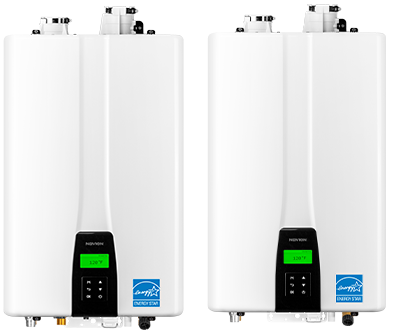
Navien NPE-2 Series and NPN Series high efficiency gas tankless water heaters provide endless domestic hot water, all while keeping your utility bills low.
Tankless water heaters heat water as needed without using a storage tank. Simply turn on the hot water, and cold water is heated to the desired temperature as it flows through the heat exchanger inside the unit. Tankless water heaters are not only smaller and more efficient than tank-style water heaters, they provide endless hot water.
Navien offers tankless water heating systems for homes and businesses with your choice of condensing or non-condensing technology—learn more about the differences below.
Frequently Asked Questions
There are many factors that can affect the lifespan of a boiler, such as how well the unit is maintained, the water quality passing through the unit, and how well the system is designed to work with the boiler. Most Navien boilers have a 10-15 year residential warranty (depending on the unit). So a well maintained boiler in a properly designed and installed system could be expected to last up to 20 years or longer in some cases.
A boiler is a relatively simple appliance, but will always include a few key components – a heat exhanger, burner, circulator (aka: pump), and some type of control system. When the building where the boiler is installed cools off, a control will tell the boiler to start. The pump (or pumps) will turn on to begin circulating water through the boiler and the building, and the burner will ignite to heat the water. The boiler control will operate to maintain the outgoing water at the temperature required for the application. As the heated water passes through the building, the rooms will warm up to a point where the control will turn the boiler off.
A boiler is a heating appliance that is used to heat water, which is then circulated throughout a piping system in a building. The heated water passes through some form of emitter, which will transfer the heat from the water into the building. The cooler water then returns to the boiler to be reheated. A boiler can be designed to heat the water using a variety of different energy sources, including natural gas, liquid propane, fuel oil, or electricity.
Inside the combi boiler is a heat exchanger that separates the space heating flow from the domestic water flow, so the water in the heating system is isolated from the domestic hot water. The only thing that happens in the heat exchanger is that the heat from the higher temperature space heating water is transferred to the lower temperature domestic water.
A combi (combination) boiler provides both space heating and on demand domestic hot water. In heating mode, water from the space heating system will flow through the heat exchanger and out to the system similar to a standard boiler. When a domestic hot water demand (open faucet) occurs, water flows through a separate heat exchanger in the combi, and a valve inside the unit diverts heating water over to the DHW heat exchanger. Space heating water is used to heat the domestic hot water until the demand ends. At the end of the domestic demand the combi will switch back to supply space heating.
A combi (combination) boiler is designed to heat a building, using hot water (similar to a boiler), but also includes the components and controls to internally heat the domestic hot water (DHW) required in the application. By having both heating and hot water in one unit, the combi will save space in the mechanical room and also save on the initial installation compared to separate appliances.
Tankless installation requires knowledge of gas line sizing, venting requirements, and water flow demands. Due to the multiple requirements for proper installation, Navien requires a qualified contractor install the unit. Navien products not installed by a qualified contractor will void the warranty. Please consult with GHC Heating & Air Conditioning for installation.
The water heater has multiple control features that ensure safe and proper operation. If the unit detects an issue, it will shut down and display an error code on the front display. To reset the water heater, press the RESET button on the front control panel. On newer units the reset button is labled as a return arrow. The unit will attempt to restart after resetting, and may resume operating. If conditions still exist that prevent operation the error code will reappear. Any time an error code appears on the unit, a service contractor should verify the proper set up and operation of the water heater.
Once the tankless water heater detects flow and begins to heat water, the unit will provide continuous hot water at the desired set temperature until the flow through the fixture (and the unit) stops. Tankless units provide endless hot water, so the hot water only ends when the faucet is turned off.
Although tankless units are often referred to as “Instananeous”, there are multiple factors that will affect how quickly the water will produce the required set temperature. Once the unit detects flow, it must go through multiple steps to ignite the burner and reach the required operation. Generally the start up of the unit happens quickly, with water leaving the unit reaching the desired set temperature within 5-10 seconds. The distance from the water heater to the fixture will also affect how quickly that water gets “hot” since that water must get from the unit to the faucet or fixture.
Since tankless units will control the amount of flow to maintain a consistent outlet temperature, they need to be able to provide enough flow for the highest demand the job requires. That demand is based on the flow rate of all fixtures that may be used at the same time. A qualified contractor can help to determine flow rates and demand to properly size a tankless unit.
A tankless water heater, also called “On-Demand Water Heater”, will only heat the water when there is demand, or flow, through the unit. Inside the unit is a heat exchanger with small passageways, a burner, and some type of flow detection switch. When flow starts, the unit will activate the burner and with the smaller water waterways the water is quickly heated to the desired temperature before leaving the unit. They are called tankless, since there is no large tank of water that is continuously heated 24/7 when there may be no demand.
